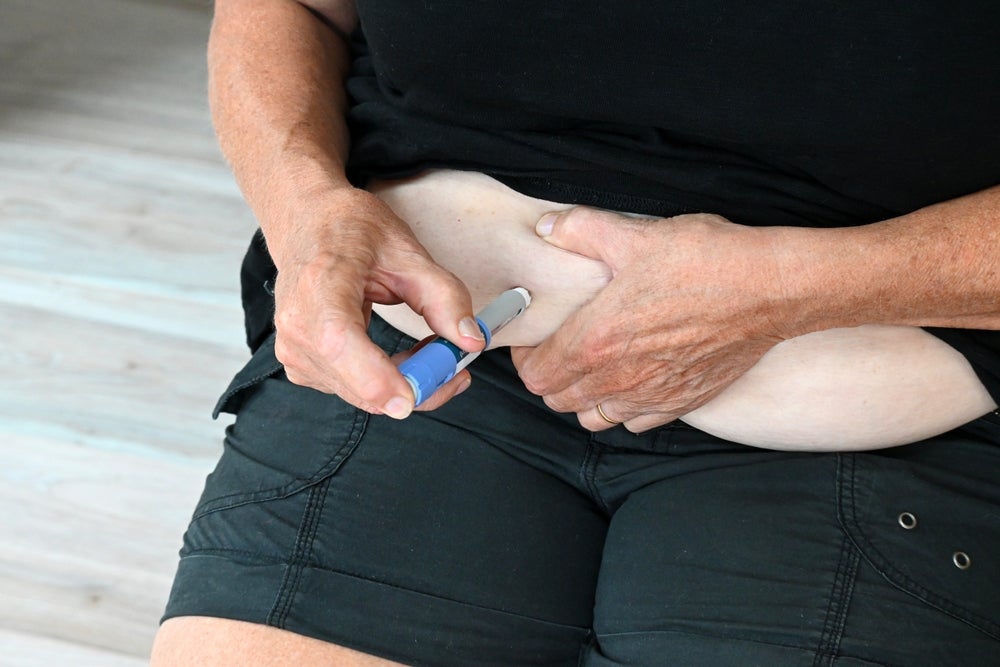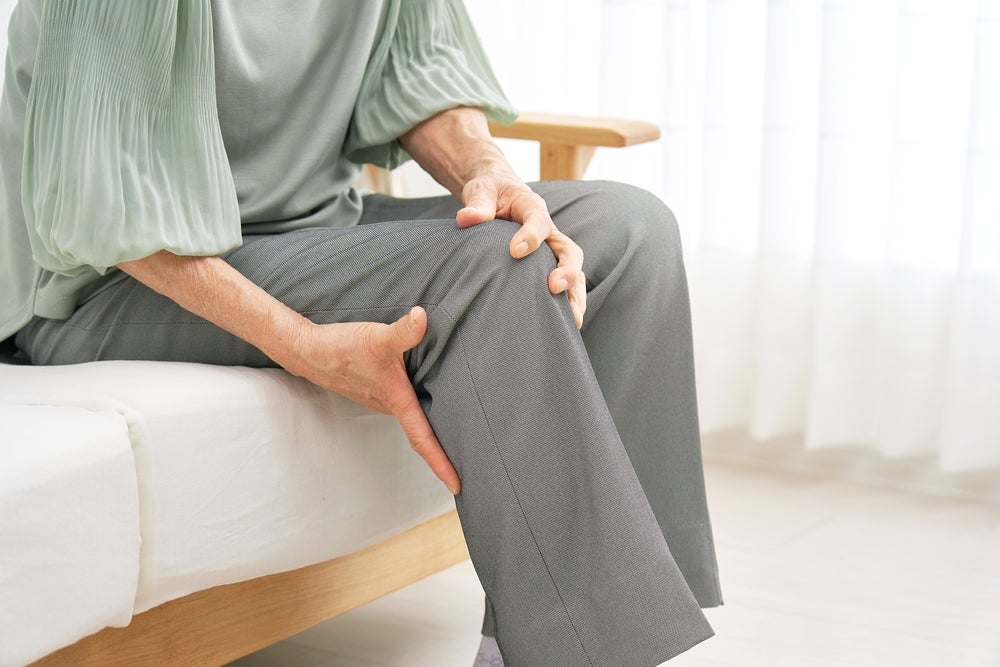Xeris Pharmaceuticals has reported positive topline results from the in-clinic stage of a Phase II study of its developmental ready-to-use (RTU) glucagon in patients with Type 1 diabetes mellitus (T1D).
Glucagon is a metabolic hormone secreted by the pancreas to regulate glucose levels in the bloodstream, along with insulin.
The trial tested the hormone in preventing high levels of blood glucose (hyperglycemia) during and after moderate-to-high intensity aerobic exercise in adults with Type 1 diabetes mellitus (T1D).
The Phase II Exercise-Induced Hypoglycemia (EIH) study showed that a mini dose (150 µg) of RTU glucagon helped in maintaining normal blood glucose levels among subjects during a substantial period of aerobic exercise.
According to the company, a higher number of EIH episodes were observed among subjects receiving standard of care (placebo plus 50% insulin pump reduction) compared to subjects who were treated with RTU glucagon plus 50% insulin pump reduction.
Xeris chairman and CEO Paul R Edick said: “For people with Type 1 diabetes, prolonged and vigorous aerobic exercise can be dangerous if not planned out and executed carefully.
How well do you really know your competitors?
Access the most comprehensive Company Profiles on the market, powered by GlobalData. Save hours of research. Gain competitive edge.

Thank you!
Your download email will arrive shortly
Not ready to buy yet? Download a free sample
We are confident about the unique quality of our Company Profiles. However, we want you to make the most beneficial decision for your business, so we offer a free sample that you can download by submitting the below form
By GlobalData“The current standard of care includes multiple preparation steps, such as insulin pump reduction well before exercise, and eating high glucose foods before, during, and after the exercise session.
“These steps can be a barrier to exercise, and therefore, many people with diabetes do not achieve two-and-a-half hours of aerobic exercise per week as per ADA guidelines.”
The in-clinic stage of the study is complete while the second half of the study, involving blinded outpatient stage, is currently underway. The results of the second half of the study are expected to be available in the first half of 2020.







